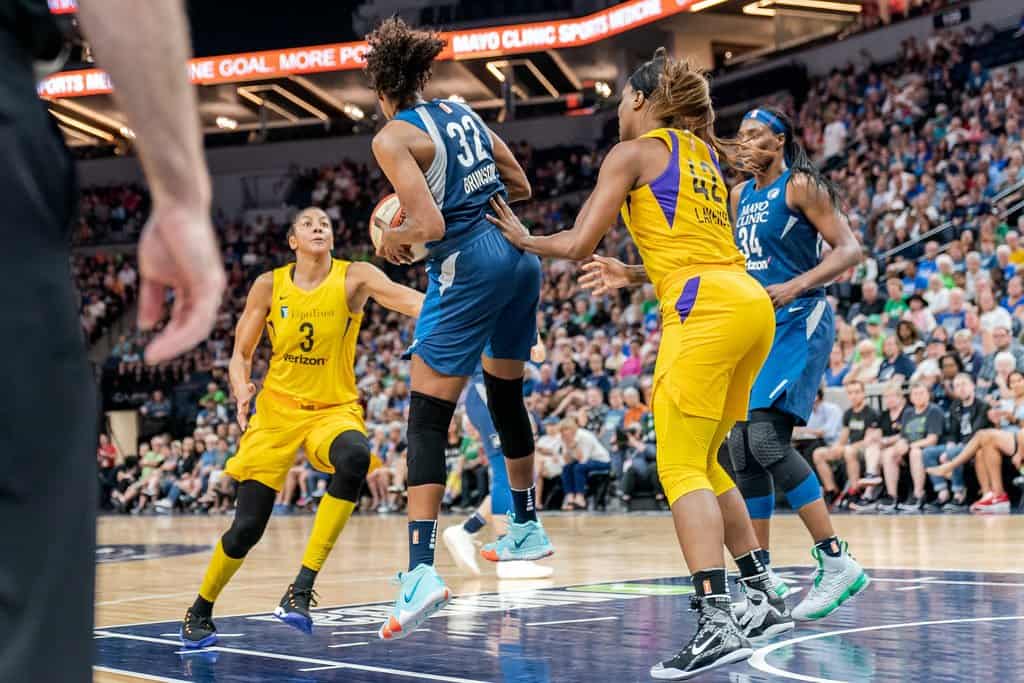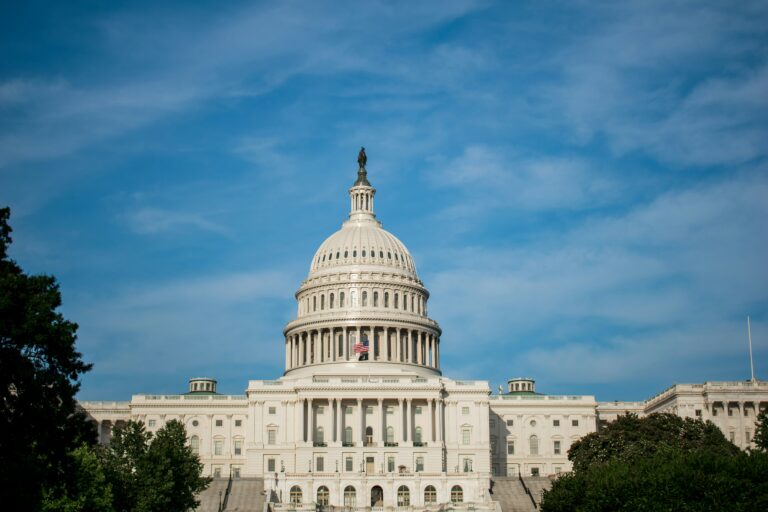Annie Hollister is an Honors Attorney at the U.S. Department of Labor and an alumna of Harvard Law School.
Last month, the WNBA signed a new tentative bargaining agreement with the Women’s National Basketball Players Association. As Teen Vogue explains, proponents hope that the agreement will improve the lives of players, who under the current agreement are often forced to take second jobs in the off-season. Bargaining committee member Layshia Clarendon said that she hopes these improvements will have a longer-term impact: amateur female athletes drop out of sports at twice the rate of their male peers, often citing the concern that they “don’t see a future” in it. As player Alexis Jones put it, the players hope that the new contract will “make girls feel like, okay cool we can go to the WNBA and survive and take care of our families.”
Students and community members gathered yesterday to protest Oberlin College’s decision to lay off over 100 union workers. The liberal arts college announced on Tuesday that it was “formally considering” contracting with non-union vendors for dining and custodial services. Currently, that work is performed by Oberlin employees represented by the United Auto Workers. The workers’ collective bargaining agreement apparently permits the college to enter outside contracts. Buffy Lukachko, a bargaining representative for the UAW, said the pressure to cut jobs arose largely out of the high cost of covering workers’ healthcare. At yesterday’s gathering, protesters said that the college’s decision was “antithetical to Oberlin’s values.”
On Wednesday, Mother Jones profiles workers at Medicare call centers who are fighting for a union. The call-center employees face low wages, high healthcare costs, and a strict attendance policy. The upshot, they say, is that “You can’t afford to get sick.” They are currently running an organizing campaign with the Communications Workers of America.
This week’s New York Times Magazine includes two features on the state of labor. Noam Scheiber and Kate Conger explain Google’s attempts to “clamp down” on worker activism. Scheiber and Conger point out that Google has frequently encouraged workers to “act like owners” within the company. Recently, however, the tech behemoth has taken steps to prevent workers from exercising labor rights, notably through firing four activist employees last November. According to the Times, these efforts appear to be backfiring: while most Google employees have historically been dismissive of attempts to form a union, discussions among workers have become increasingly receptive to the idea of formally organizing.
Also in this week’s New York Times Magazine, Emily Bazelon writes that American labor law is “broken.” The piece points to the recommendations of the Clean Slate for Worker Power—and specifically its call for sectoral bargaining—as valuable steps toward rebalancing the law to better protect workers.
For Time, Professor Tressie McMillan Cottom explains how Black Americans have to “hustle” more than their white counterparts. McMillan Cottom underlines the importance of wealth inequality in undermining Black economic stability. When white Americans hustle (that is, take on multiple jobs or careers at once), they are more likely to do so with at least some safety net. But when Black workers hustle, they are “hustling from zero.”
In other important basketball news, writers and animators who worked on the movie Space Jam discuss the pro-labor messages sprinkled throughout the 1996 cult classic. For instance, in one scene, an emergency meeting of cartoon characters takes place in “Union Hall 839,” a reference to IATSE Local 839, which represented the film’s animators. Tensions between entertainment workers and management are a theme throughout Space Jam, a film ostensibly about Michael Jordan joining Looney Tunes characters to defeat alien would-be slave masters in a high-stakes basketball game. The messages arose in part out of frustrations animators felt during the animation renaissance of the 1990s. As studios garnered enormous profits from blockbusters like The Lion King, writers’ and animators’ unions struggled to win better salaries for animated work. It’s unclear whether Hollywood labor relations will make an appearance in Space Jam 2, slated for release in 2021.






Daily News & Commentary
Start your day with our roundup of the latest labor developments. See all
April 26
Starbucks and Workers United resume bargaining talks; Amazon is ordered to disclose records; Alabamians support UAW’s unionization efforts.
April 25
FTC bans noncompete agreements; DOL increases overtime pay eligibility; and Labor Caucus urges JetBlue remain neutral to unionization efforts.
April 24
Workers in Montreal organize the first Amazon warehouse union in Canada and Fordham Graduate Student Workers reach a tentative agreement with the university.
April 23
Supreme Court hears cases about 10(j) injunctions and forced arbitration; workers increasingly strike before earning first union contract
April 22
DOL and EEOC beat the buzzer; Striking journalists get big NLRB news
April 21
Historic unionization at Volkswagen's Chattanooga plant; DOL cracks down on child labor; NY passes tax credit for journalists' salaries.